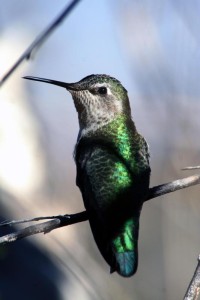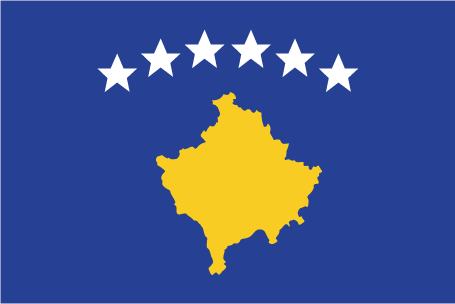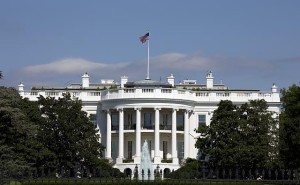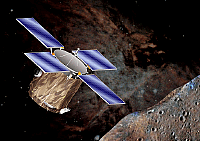
Anna’s Hummingbird in Big Bend
Great Backyard Bird Count occurs between February 16 and February 19! Children can spend as little as fifteen minutes in the backyard, identifying, counting, and photographing birds. They can submit their findings to add to the world’s knowledge of birds. Children can visit Great Backyard Bird Count. There they can find a printable bird checklist, data regarding past bird counts, and free apps to identify birds. What a fun, free, and engaging activity!


